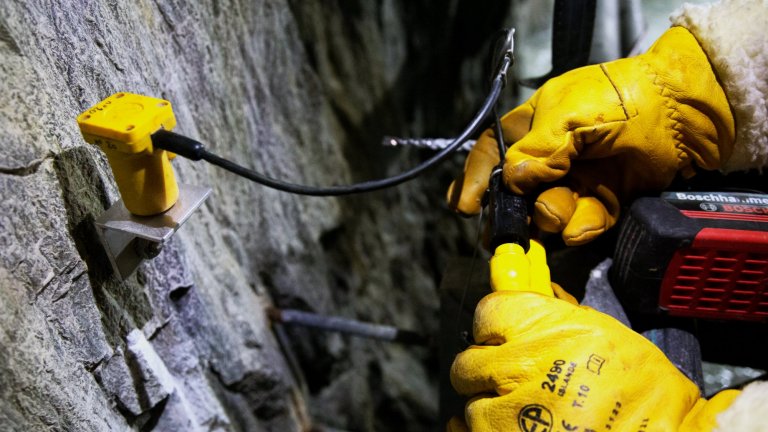
© Nicolas BAKER / ISTERRE / CNRS Images
View the mediaFolder
Formation and evolution of continents and oceans, internal and external dynamics of the Earth, interactions between the components of the climate system... What are the physical laws that govern the dynamics of our planet?

© Nicolas BAKER / ISTERRE / CNRS Images
View the mediaPlate tectonics, continental drift, terrestrial magnetism: the internal dynamics of the Earth are connected with the movements and processes that affect the interior of the planet. While its most tangible manifestations are earthquakes or volcanoes, the formation of large mountain ranges and that of the oceans are also its traces. Continental surfaces, for their part, are shaped by water, ice and wind: these are processes that relate to the external dynamics of the Earth.
These internal and external dynamics interact with the Earth's climate system. The different components of the latter (atmosphere, hydrosphere, cryosphere, lithosphere, and biosphere) are first linked to each other by more or less strong relationships, some reciprocal some not. But the fragile energy balance of the Earth's climate system can be subject to disturbances - known as “forcings”, either natural external ones (orbital variations, solar cycles, major volcanic eruptions, etc.) or anthropogenic (due to humans), such as an increase in the quantity of greenhouse gases in the atmosphere.
Understanding and conceptualising these physical laws is necessary to predict how our environment will evolve.
Discover the physics of planet earth in pictures!
Keywords: plate tectonics, continental drift, earthquakes, volcanoes, magnetic field, ocean formation, landform formation, climate, Earth system, geophysics, climate physics, ocean dynamics.
Our work is guided by the way scientists question the world around them and we translate their research into images to help people to understand the world better and to awaken their curiosity and wonderment.